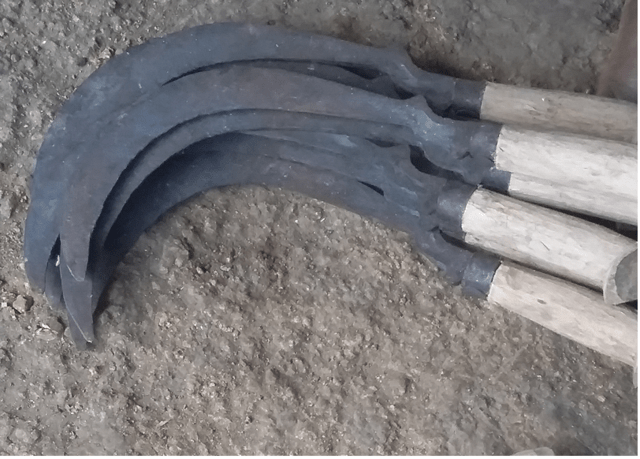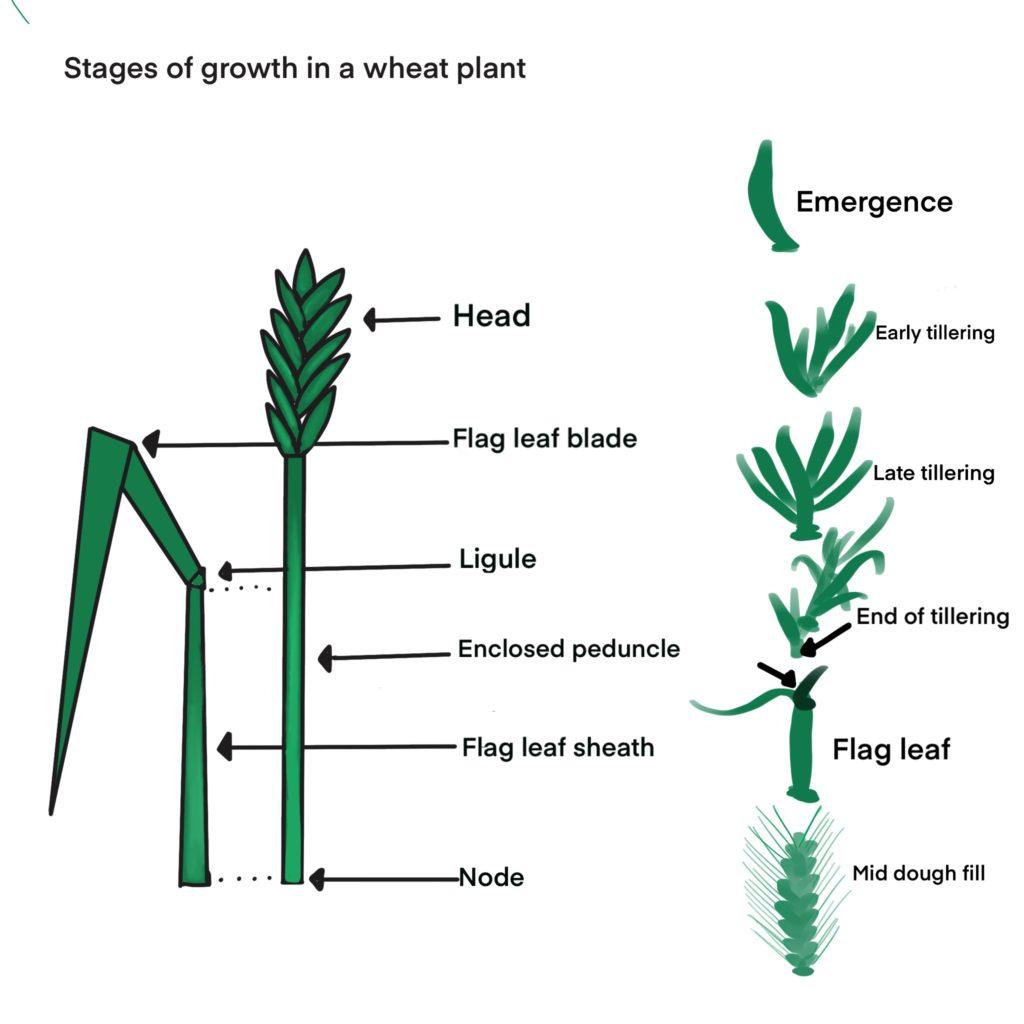26 He also said, “The kingdom of God is as if someone would scatter seed on the ground, 27 and would sleep and rise night and day, and the seed would sprout and grow, he does not know how. 28 The earth produces of itself, first the stalk, then the head, then the full grain in the head. 29 But when the grain is ripe, at once he goes in with his sickle, because the harvest has come.”.
New Revised Standard Version Bible: Catholic Edition, copyright © 1989, 1993 the Division of Christian Education of the National Council of the Churches of Christ in the United States of America. Used by permission. All rights reserved.
What to do with this educator’s commentary
This commentary invites you as a teacher to engage with and interpret the passage. Allow the text to speak first. The commentary suggests that you ask yourself various questions that will aid your interpretation. They will help you answer for yourself the question in the last words of the text: ‘what does this mean?’
This educator’s commentary is not a ‘finished package’. It is for your engagement with the text. You then go on to plan how you enable your students to work with the text.
Both you and your students are the agents of interpretation. The ‘Worlds of the Text’ offer a structure, a conversation between the worlds of the author and the setting of the text; the world of the text; and the world of reader. In your personal reflection and in your teaching all three worlds should be integrated as they rely on each other.
In your teaching you are encouraged to ask your students to engage with the text in a dialogical way, to explore and interpret it, to share their own interpretation and to listen to that of others before they engage with the way the text might relate to a topic or unit of work being studied.
Structure of the commentary:
See the general introduction to Mark.
Text & textual features
Characters & setting
Ideas / phrases / concepts
Questions for the teacher
The world in front of the text
Questions for the teacher
Meaning for today / challenges
Church interpretations & usage
The World Behind the Text
See general introduction to Mark.
The world of the text
Text & textual features
See parables (key biblical understandings). This is a simple “A” is “B” parable.
Characters & Setting
Mark’s Gospel does not have as many parables of the Kingdom as Matthew’s does, however this one in Mark 4 is typical of the structure, purpose and imagery found in Matthew’s – and indeed in all parables. This particular passage, which is only found in the Gospel of Mark, is one of a cluster of parables which use the agricultural imagery of seed and crops to make their point.
There are no named characters, only a generic ‘someone’ who acts as the sower. Similarly un-named is the setting, a generic piece of land, ready for planting.
Ideas/phrases/concepts
Kingdom
Jesus compares the mystery of organic growth to the expansion of the Kingdom of God. The kingdom will visibly mature like the grain but the spiritual forces behind it will remain invisible.
In God’s Harvest
St Gregory stated that the maturing grain signifies our increase in virtue. First the seeds of good intention are sown; these gradually bring forth the blade of repentance and ultimately the mature ear of charitable work. When established in virtue we are made ripe in God’s harvest.
Sickle
One of the most ancient of harvesting tools, consisting of a metal blade, usually curved, attached to a short wooden handle.

The image below shows the elements of a wheat plant and some of the stages of growth in such a plant.

Questions for the teacher:
The world in front of the text
Questions for the teacher:
Please reflect on these questions before reading this section and then use the material below to enrich your responsiveness to the text.
Meaning for today/challenges
Parables offer s a multitude of meanings depending on where you place yourself.
For example, do you read this parable as the un-named sower? Or do you feel you are the soil, ready for the harvest? Do you associate with the crop, in a particular stage of growth? And of course, once you have worked out who you are, who (or what) is everything else?
The great challenge for us is trust and patience. We are unable to control this work of God. When the time is right it is time for the harvest, and not before. The kingdom is divine work not human achievement. We alone do not generate the harvest. It is our responsibility to open ourselves to the teachings of Jesus and allow it to be planted in our lives. But this process is much bigger than ourselves. What is asked of readers is to open themselves to God’s word, to receive it, and, like Jesus himself, to wait patiently.
